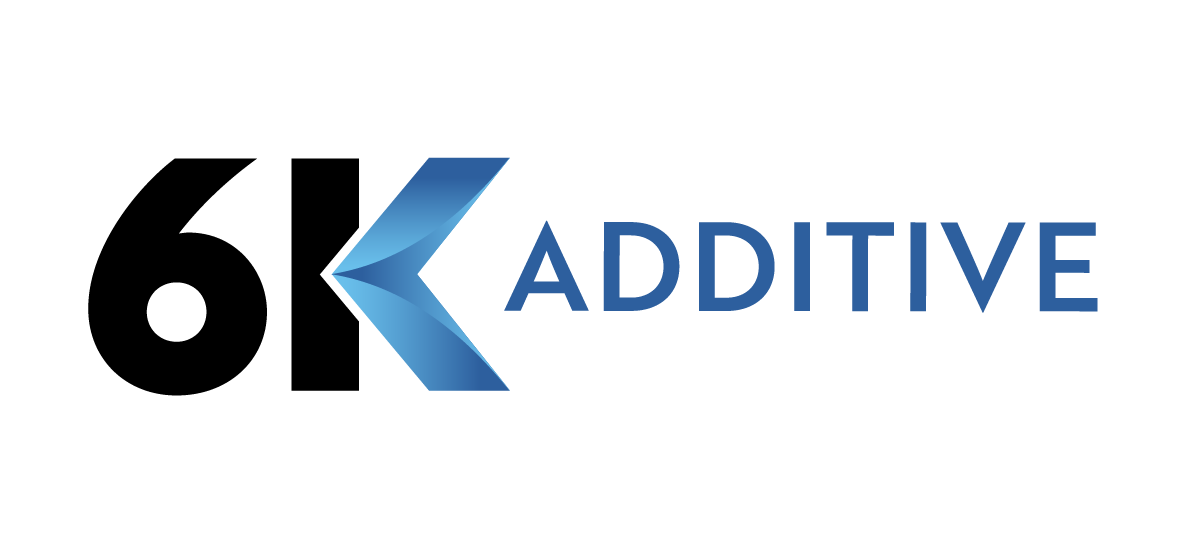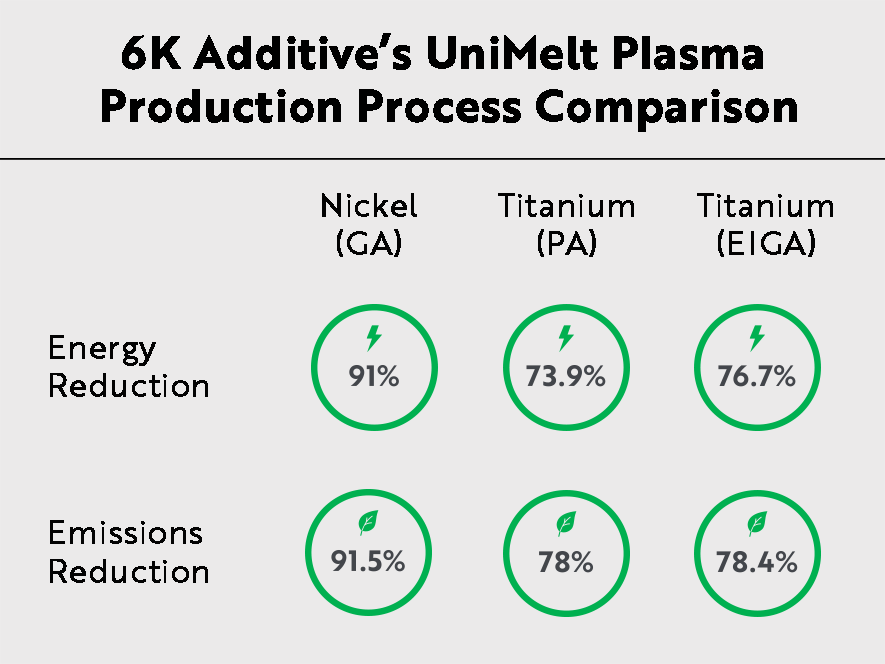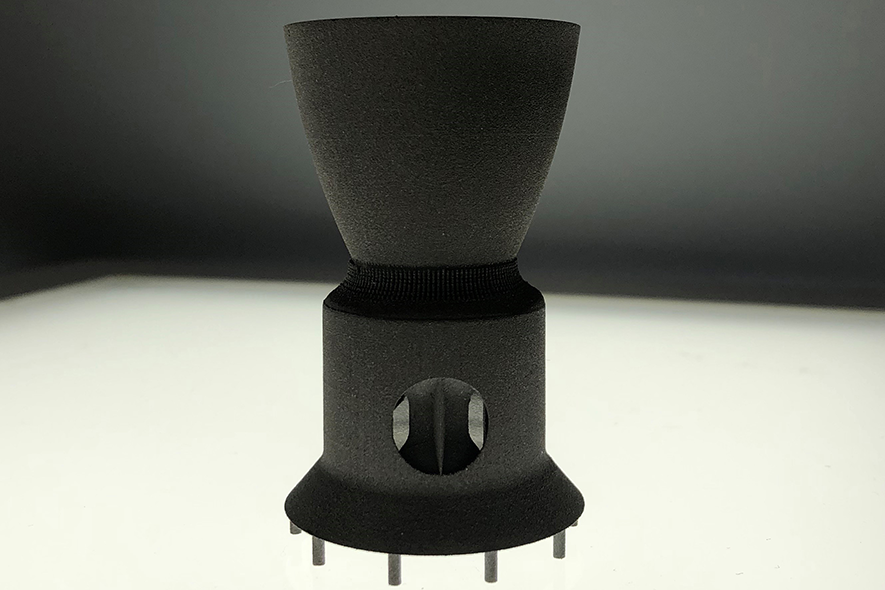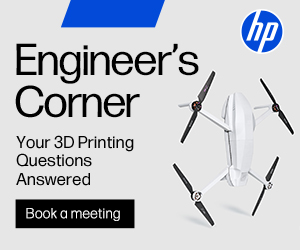What Does the Future Hold for Metal AM Production: Insights from the 6K Additive Survey

Introduction
The rapidly evolving field of metal 3D printing stands at a crossroads, with the industry seeking to expand material capabilities while embracing sustainability. Additive Manufacturing Research and 6K Additive collaborated on a comprehensive survey, conducted in late 2023, that offers critical insights into these trends, and underscores the need for innovation and adaptation to drive metal 3D printing forwards.
Widespread Adoption and Material Use
Almost 80% of survey respondents have adopted metal additive manufacturing (AM) to some degree. Of those, 43% are manufacturing between 100 and 10,000 metal parts annually. Primarily materials like titanium, steel, aluminum, and nickel alloys are currently deployed. However, the need for new materials is evident, as users actively seek new alloys with enhanced properties such as increased strength, reduced weight and heat resistance for specific applications. At 6K Additive we’ve seen a huge uptick in interest in refractory metals for a host of new applications across aerospace, medical and industrial markets. The survey results underline the importance of material versatility to meet evolving industry needs.
Sustainability: A Key Priority
Sustainability stands out as a central theme in the survey. The focus is not only on reducing environmental impact but also on improving commercial sustainability through efficiency and cost-effectiveness, including better material handling and scrap reduction. Some 39% of respondents stated that they were looking for a solution to handle their failed prints, scrap, and unused powder while almost half either pay for removal or sell their waste for scrap rates. This point reflects a broader industry shift towards sustainable practices, aligning with global environmental goals. This is core to what we do at 6K Additive. We have a philosophy here: nothing taken from the ground and nothing put back into the ground. This multi-faceted challenge must be approached from multiple angles, by ensuring the sustainability of the raw materials — and ensuring they remain sustainable through circularization of supply chains — is as a critical starting point.
6K Additive’s unique ability to recycle end-of-life parts and scrap metal to use as feedstock to create new metal powder for additive manufacturing is the perfect solution to create that circular economy.
The Challenges Ahead
As metal AM moves towards mainstream adoption, challenges such as part qualification, process optimization, and supply chain security become increasingly prominent. These hurdles are pivotal for the technology’s scalability and integration into larger manufacturing systems.
Many of the most exciting current and future applications will be driven in large part by the availability of novel materials that further enhance the benefits (i.e., design freedom, scalability) of metal AM. Users are looking for materials that can withstand extreme conditions, offer higher strength-to-weight ratios, and provide unique properties like corrosion resistance. The development and availability of powder for AM of such materials is not just a production challenge but also a commercial opportunity, paving the way for new applications and industries. The commercial relationships we have developed are unique in that a customer who purchases powder from us can also be supplier of feedstock back to us by providing used powder, failed builds, etc., especially when it comes to novel materials such as C103 or tungsten. The applications are specific and the value of used material and out of spec parts is high, making the “circular economy” a reality with not only environmental benefits, but economical value as well.
Economic and Environmental Implications
With a growing emphasis on the circular economy, metal AM can play a significant role in both reducing waste and energy consumption. This aspect is particularly important as industries worldwide strive to meet stringent environmental regulations and achieve sustainability goals, driven by consumer demand and stricter governmental regulation. The Life Cycle Assessment (LCA) conducted on our process by Foresight Management is the perfect example of companies having the ability to leverage a sustainable product and still benefit from a high-quality production method. For example, the LCA showed 6K Additive’s UniMelt® process reduces energy consumption by 92% and lowers carbon emissions by 91% versus atomization for nickel powder production. Organizations can use this to lower their carbon footprint and actually start to reduce carbon offset purchases while ensuring their production has the best material for their application.

6K Additive’s UniMelt plasma production process comparison results from LCA.
Conclusions
The 6K Additive survey paints a picture of an industry at the cusp of significant transformation. While challenges remain, the potential for metal AM is vast, especially when coupled with new high-performance materials and requirements for sustainable practices. As the industry continues to mature, these factors will play a crucial role in shaping its future, ensuring that metal AM retains its niche appeal while also becoming a major player in the overall manufacturing landscape

Non-eroding throat insert for a solid rocket motor nozzle. Printed by Quadrus using 6K Additive tungsten rhenium powder.
Frank Roberts, President, and Jamie Perozzi, VP of Technology at 6K Additive, will be participating at the upcoming Additive Manufacturing Strategies business summit in New York, February 6 to 8, 2024. ” Roberts will be given the Session Keynote “What Does the Future Hold for Metal AM Production?” and Perozzi will be speaking on the panel titled “Metals for AM.”
Subscribe to Our Email Newsletter
Stay up-to-date on all the latest news from the 3D printing industry and receive information and offers from third party vendors.
Print Services
Upload your 3D Models and get them printed quickly and efficiently.
You May Also Like
Stifel’s AM Forward Fund Launches, Looking for US Manufacturers to Invest In
The need for greater resiliency in the defense supply chain is real and urgent. One area the US government has been focusing on is building a faster and more sustainable...
3D Printing Financials: Xometry Cuts Losses, Grows Platform
Xometry (Nasdaq: XMTR) is entering 2025 with momentum. The company delivered record quarterly revenue and narrowed its losses, showing progress toward profitability. More importantly, for those watching the future of...
3D Spark Secures $2.2M to Tackle Manufacturing Bottlenecks
German startup 3D Spark has raised two million euros in a seed round. Swedish software investor Triplefair Partners led the round, with Fraunhofer Technologie-Transfer Fonds (FTTF) and Innovationsstarter Fonds Hamburg...
3D Printing Financials: Protolabs Reports 3D Printing Dip, But Metal 3D Orders Grow
Protolabs (NYSE: PRLB) kicked off 2025 with a mixed but steady performance. Revenue remained close to expectations, profits dipped slightly from last year, and the company was profitable despite ongoing...





























